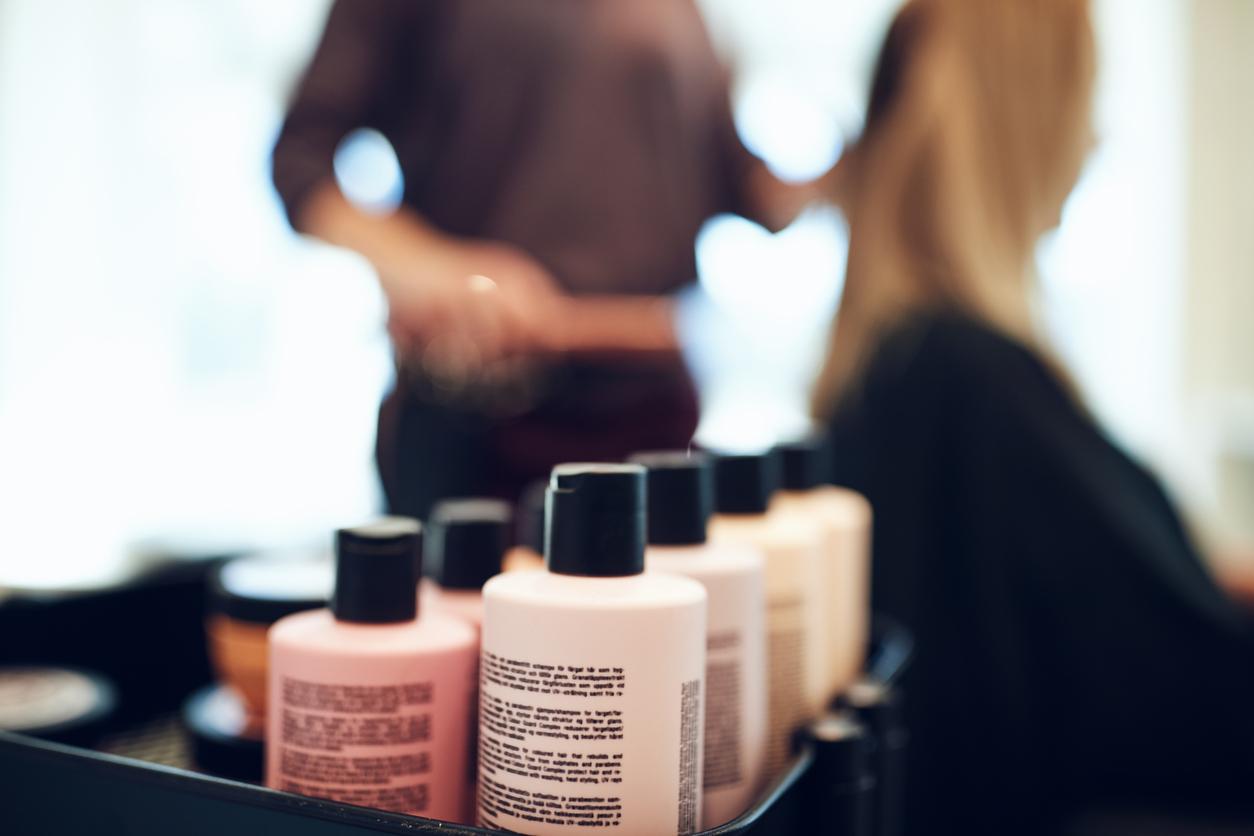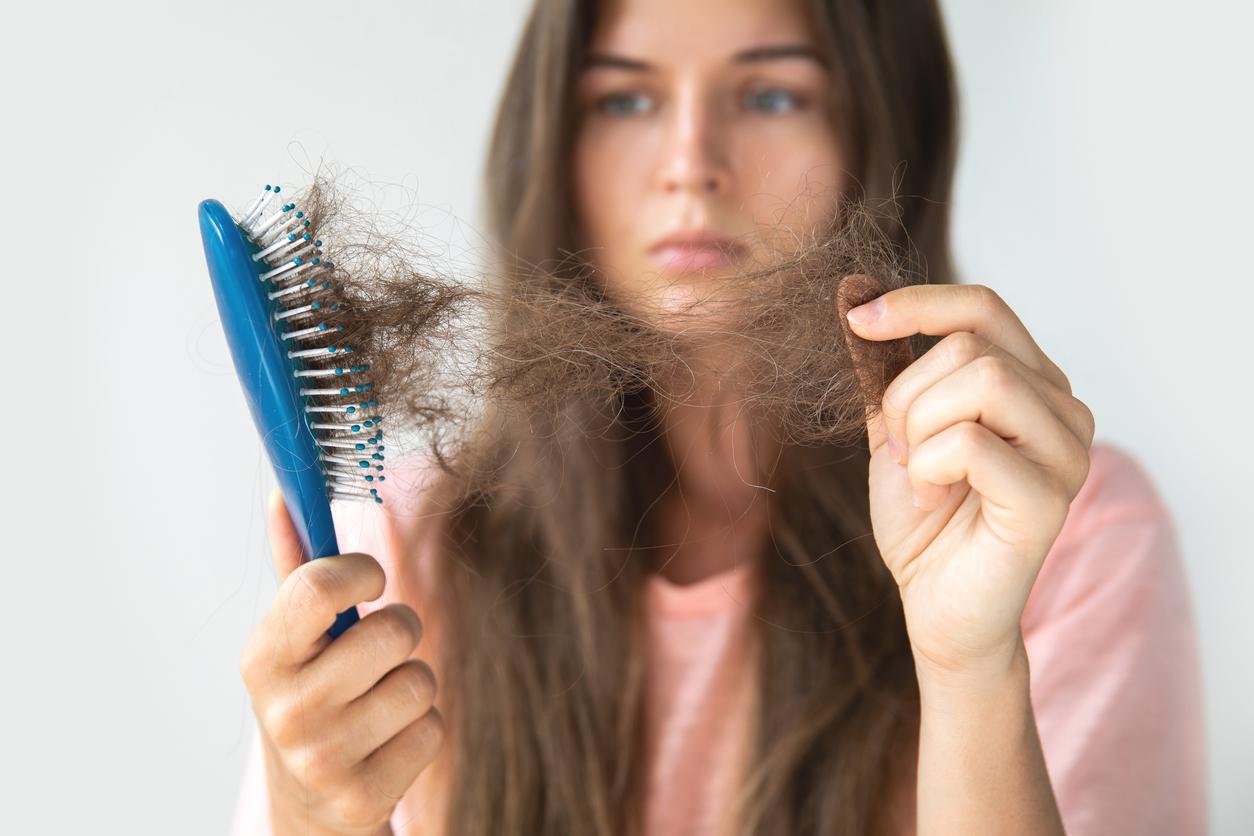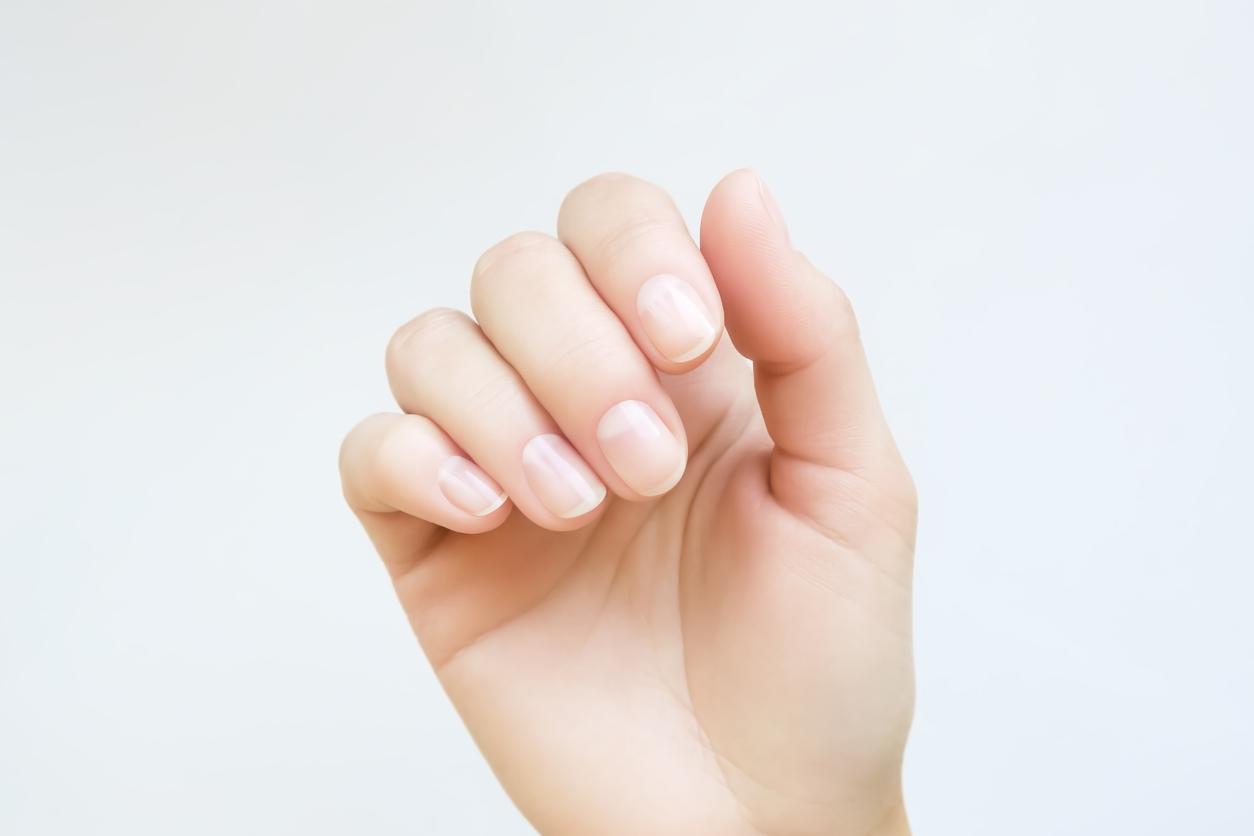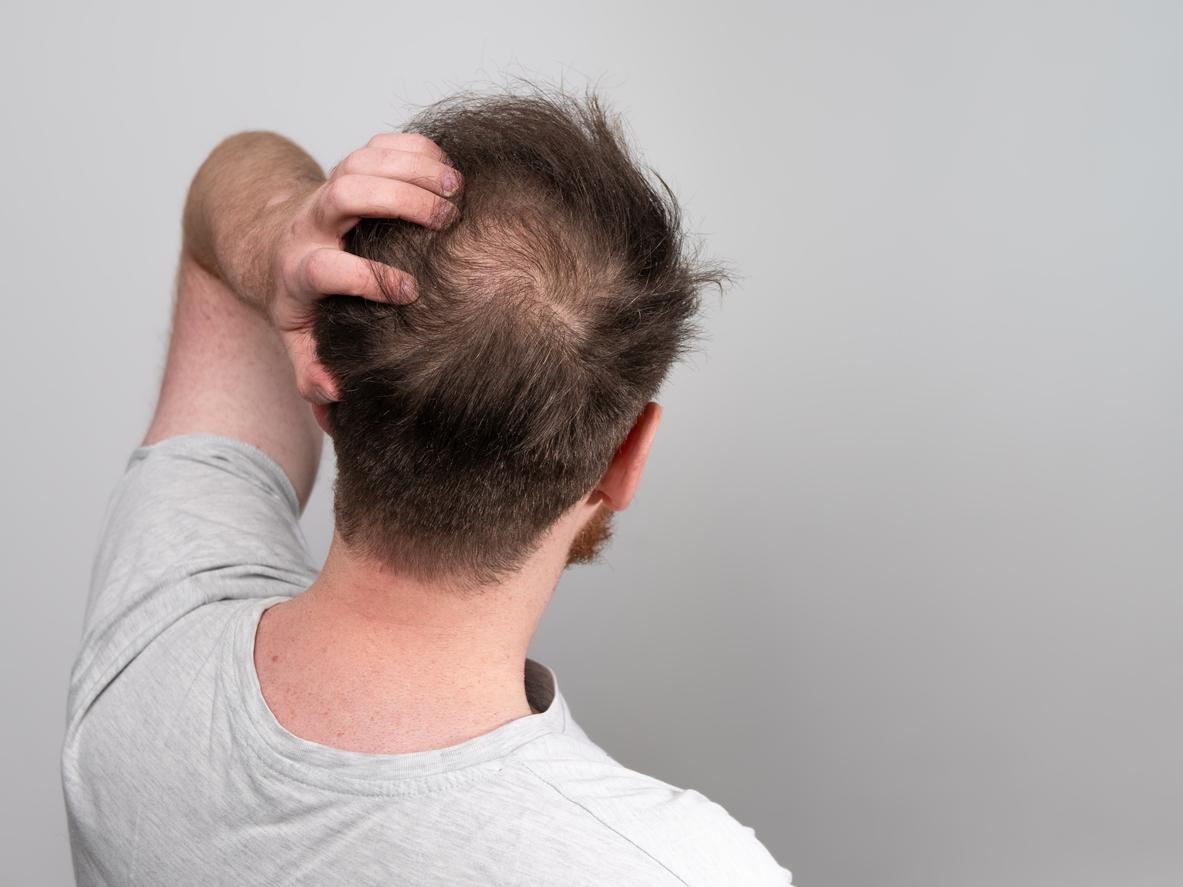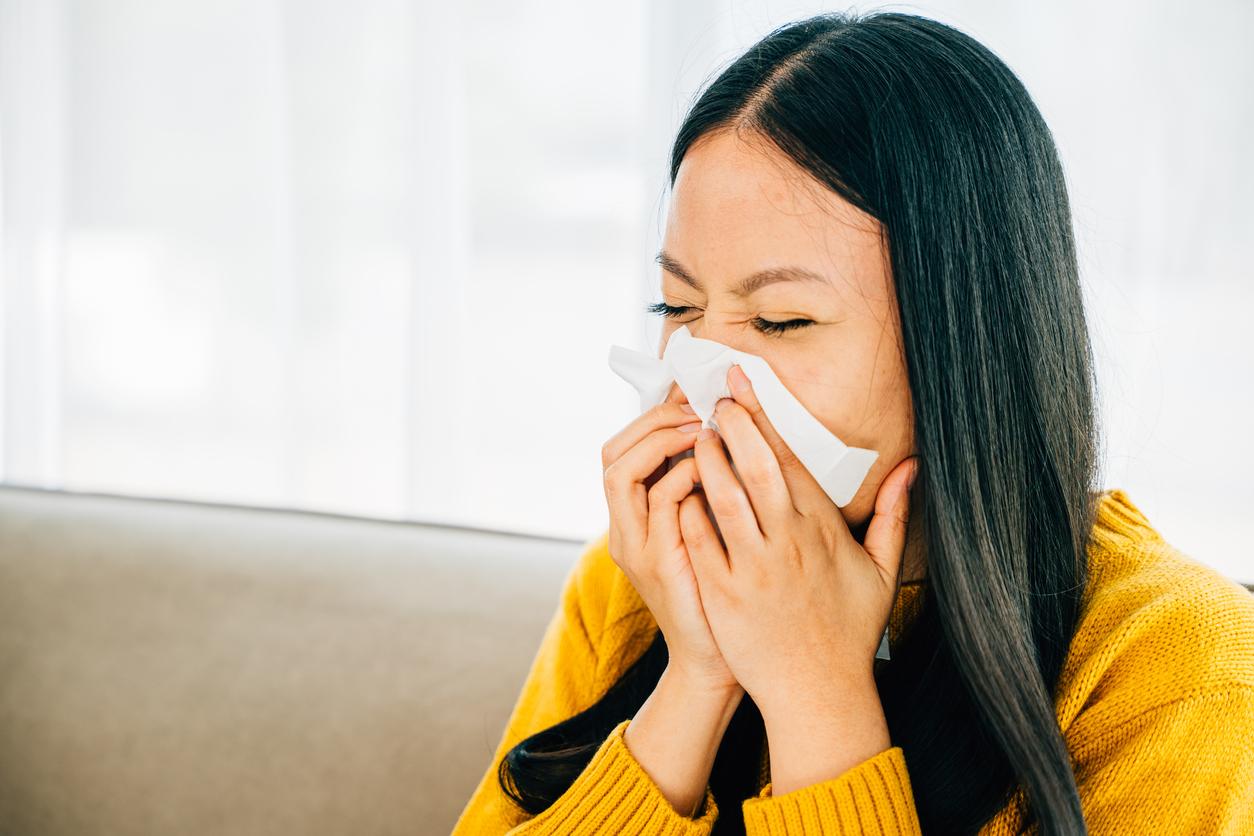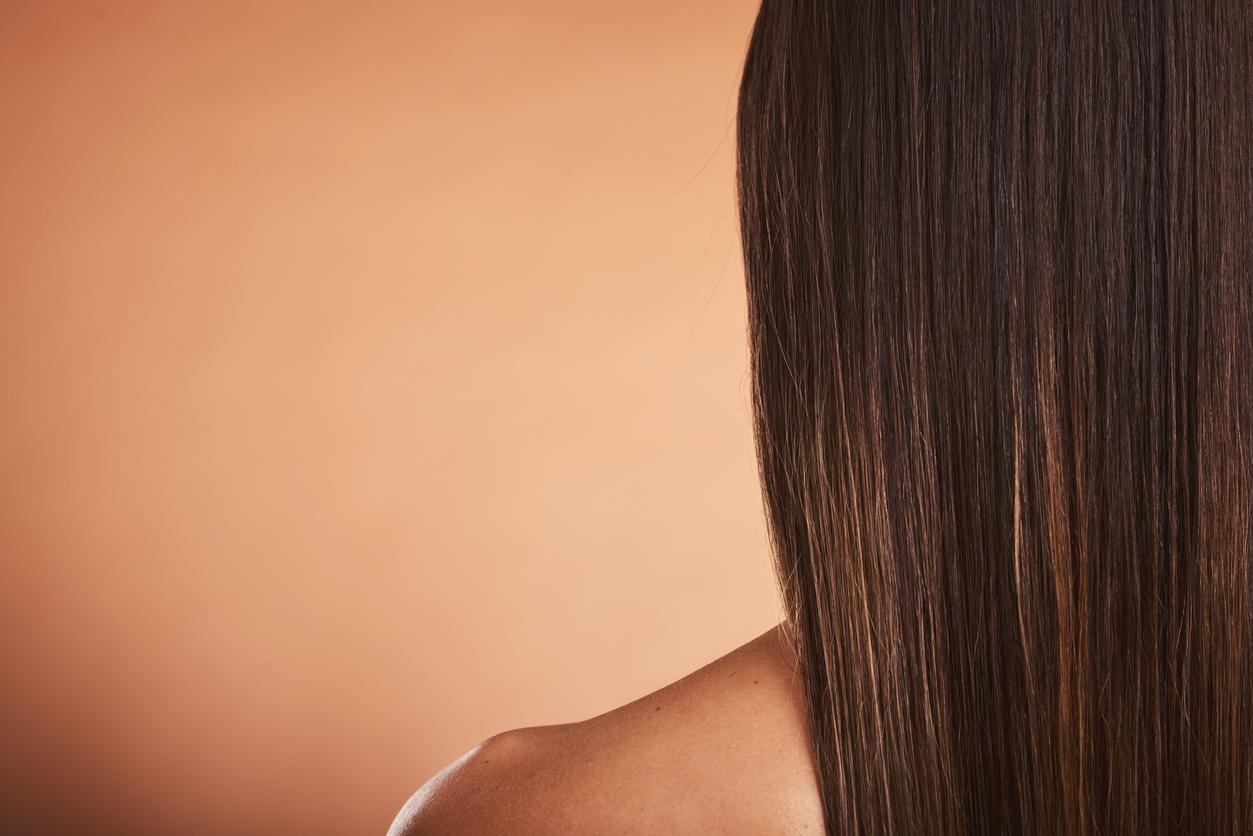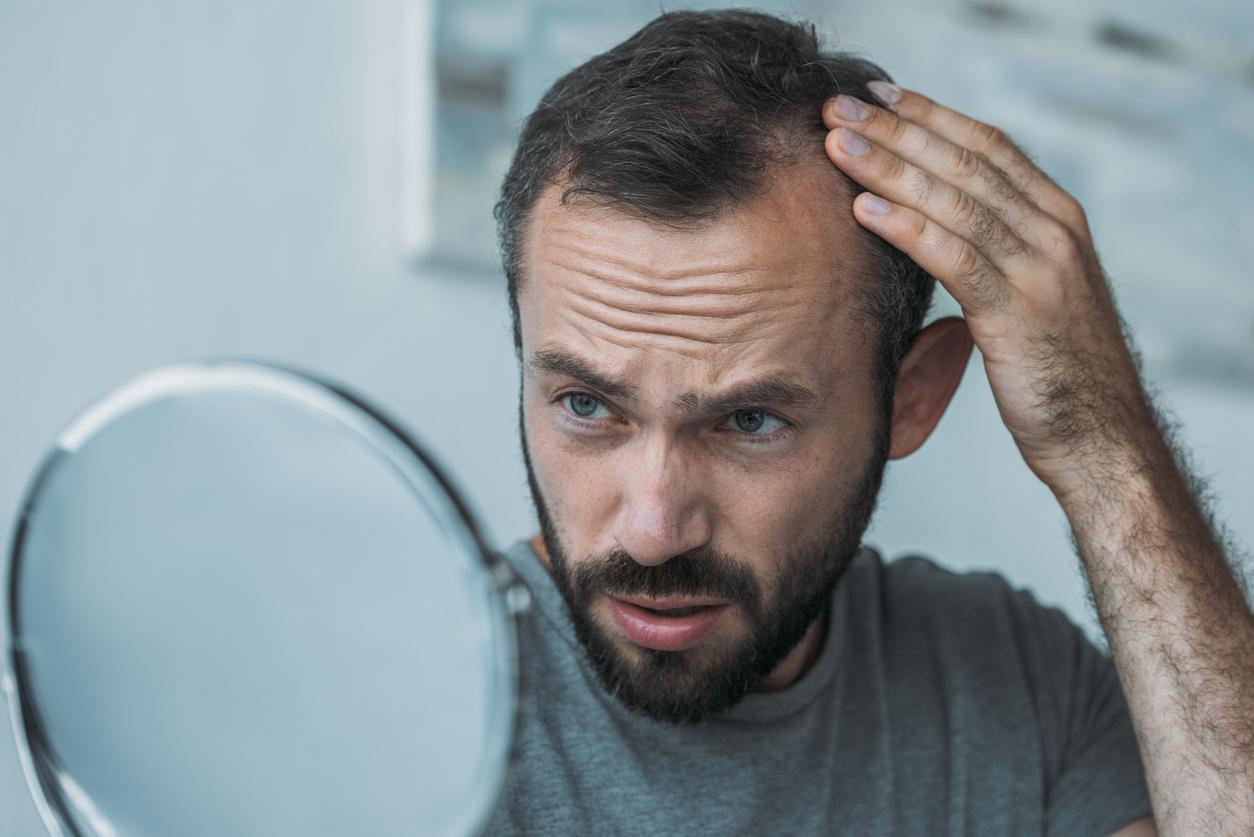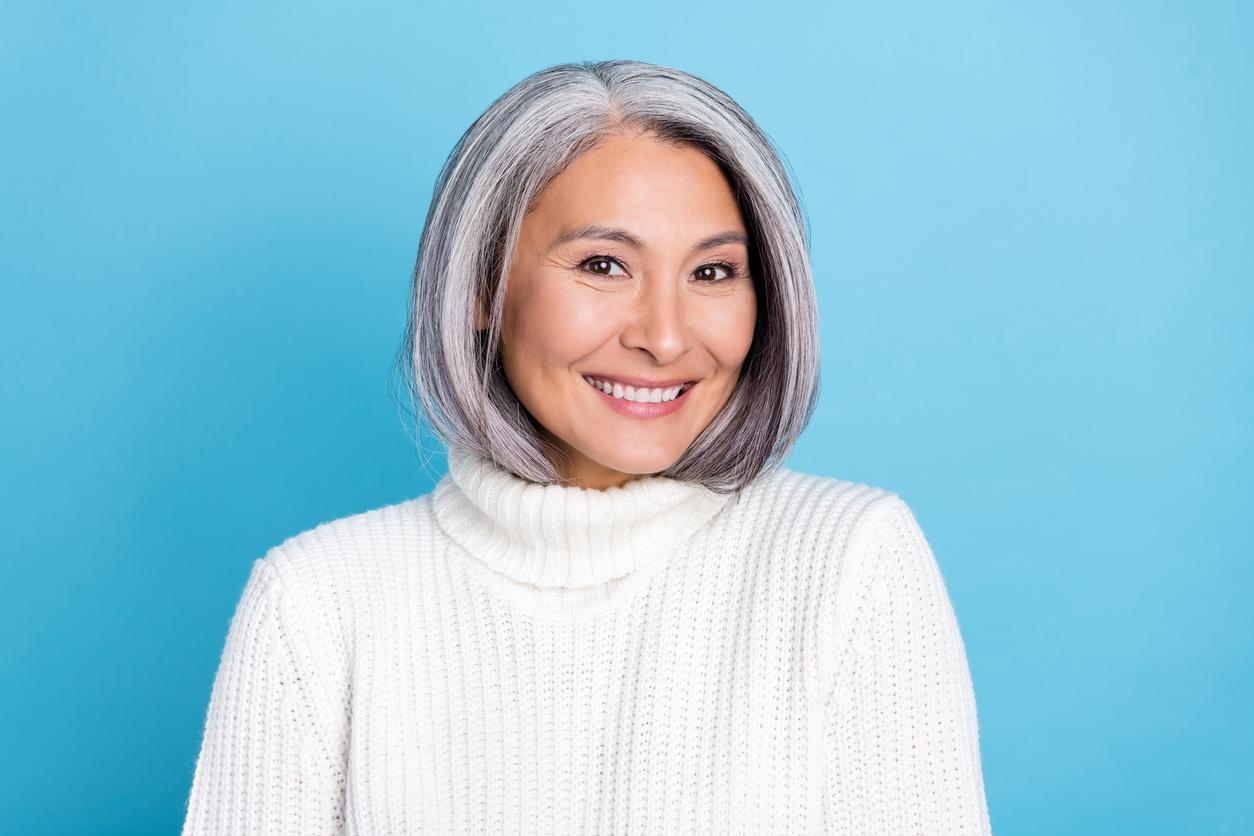Nature is so made that some discover their first white hair at the age of 20, while others retain their true color until old age. But the observation is there: hairdressers are seeing the first appearance of white hair in increasingly younger people. “I see a lot of women aged 25-35 who have 20-30% white hair. It even happened to me to have teenagers with white hair in my living room, ”remarks Barbara Wuillot, consultant hairdresser Eugène Perma. The reason ? Genetic factors that prevent the body from synthesizing the pigments that color the hair. Certain diseases or drug treatments can also accelerate this hair bleaching. Scientists, however, find it difficult to understand the phenomenon, and in particular the influence of stress or pollution.
“When you discover your first white hair, the reaction is often extreme. Either we absolutely want to hide them, explains Sylver Boll, artistic director of Schwarzkopf or, on the contrary, we decide to wear them proudly and take care of them. What is certain is that we do not react the same way at 25 and at 60! “.
“As you get older, it’s best to lighten your hair,” recommends Sylver Boll. Because over time, the face tends to harden, white hair softens features. It’s not like at 30, where you can play with coloring to cover your gray hair, making yourself a trendy shade, a bit like a fashion accessory. A dark brown should therefore tend towards brown, coppery brown, or light brown depending on the complexion of the face. While a blonde can go to an ash blonde. This neutralizes any yellow reflections, blurs visible roots and does not require too much maintenance.
The first white hair to be camouflaged
“It all depends on where they are located and the original color,” says Sylver Boll. If these are a few threads lost in the mass, we see them little. But if they are whole strands, if they are on the front part, we often prefer to hide them. Some white hair can look pretty on ash blonde hair. On the other hand, with dark hair, it is sometimes less easy to assume. “
The very first time, make an appointment with a hairdresser, whose advice and helping hand will help you understand what is right for you in terms of color and application. Then you can opt for the home products, by choosing mousse colors (without ammonia), easier to apply the first few times. Up to 30 or even 50% white hair, tone-on-tone coloring (your color or another) can do the trick. But to completely and permanently make your white hair disappear or change color (lighten or darken), it will be necessary to resort to permanent coloring.
If you are blonde or light brown, your first white hairs are barely visible. In this case, “a sweep may be enough,” Sylver Boll explains. We do not cover white hair but we make it less visible, because it mixes with others. “
If you are dark, a repigmenting shampoo can do the trick, but needs to be renewed almost every time you wash your hair. You can start with a fleeting coloring, which fades in a few shampoos. This allows you to see the effect produced by the coloring.
If you have less than 30% white hair, the best solution remains tone-on-tone coloring. It is a deposit of synthetic pigments, but also oxidants, which one chooses close to its base color, which covers white hair in transparency. “If we do it at home, we choose it a half tone darker than its natural color to better cover and compensate for the lightness of the product,” explains Barbara Wuillot. The coloring takes on a patina and fades in two or three months without any root effect. The only limit is that you cannot lighten your hair.
The natural coloring is also possible. The dyes are based on tinctorial plants, which provide transparency and light reflections. But no possibility of clarification.
Want to take responsibility for your “salt and pepper”
If you are brunette, no problem ! Brown naturally has a silvery sheen. A silver shampoo or a yellowing treatment is enough to gray the hair a little and maintain a nice “salt and pepper”, George Clooney style.
If you are blonde, this requires more maintenance. Because it is necessary to proceed in two stages: by slightly darkening the base and by lightening a little the white hair, which tends to yellow.
If you have started coloring and ultimately prefer to stop: “You have to wait two months, the time they grow a little,” Sylver Boll explains. Looking at the roots, the hairdresser will see if the white hair is evenly distributed. “
Style side, gray is more reserved for thick hair, with a modern cut, short or tapered. Better to avoid what ages: long hair without real cut and buns, too “grandmother”. You can look younger with white hair than with coloring, as long as you wear it well! It is therefore necessary to have a good haircut, very modern, continues the hairdresser. And rather a dull complexion or very white skin, warns Barbara Wuillot. But be careful, because this accentuates the visibility of redness or rosacea on the face.
To maintain them, we adopt yellowing shampoos with bluish or silver reflections. Because white hair tends to oxidize in the air and becomes dull, even yellow or green. At the hairdresser, there are also “shading technical services”, that is to say treatments that provide steel or slate reflections, rather than the iridescent purple or blue of our grandmothers. Watch out for cigarettes that turn them yellow and chlorinated pool water that turns them green. Finally, as white hair is demineralized, and therefore coarser, it is essential to regularly provide nourishing care.
Need to hide all her white hair
If you have more than 50% white hair, you should switch to permanent coloring. This technique, called oxidation, integrates synthetic pigments and oxidants in greater concentration, in order to make the pigments penetrate more deeply. The result is tailor-made color, 100% white hair coverage and perfect hold. The only downside to this technique is the regrowth which creates a root effect, that is to say a difference in color between colored hair and those which are not. There are also hair colors that are easy to use yourself at home.
Some permanent colors are now in the form of a mousse, which is applied exactly like a shampoo. Result, no runs, a more pleasant fragrance and texture. If the hair is normal, we do not deprive ourselves of it. The most recent, where vegetable oils replace ammonia, avoid inconvenience (odor, stripping effect). In addition, their oily formula brings a lot of care to the hair. Ideal to prevent the lengths from drying out and becoming porous over time.
If you are not yet completely white, colorings without ammonia (less aggressive) are suitable. They have the advantage of providing a glossy (shiny) effect on the area of white hair.
If you need 100% coverage, or if you have very thick hair, no other choice than coloring with ammonia, more aggressive, of course, but also more effective. “The coarser and more resistant the hair, explains Sylver Boll, the more it must be ‘saturated’ with the coloring base so that the pigments permeate the hair well”.
On completely white hair, an integral coloring of the hair with a single shade is essential. Choose for this a shade of a lower tone than your old natural color. The result will be more harmonious, with no noticeable color difference at the roots.
If you want to add highlights to your color, do it in a second step, on the basis obtained with the coloring.








